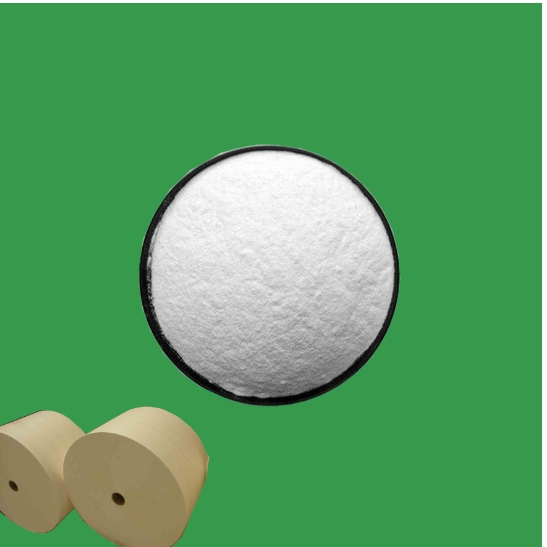
Nov . 16, 2024 15:06 Back to list
titanium dioxide cas number
Titanium Dioxide An Overview of Its Properties, Uses, and Safety
Titanium dioxide (TiO2) is a naturally occurring mineral that is widely recognized for its remarkable properties and versatile applications across various industries. With the chemical Abstracts Service (CAS) number 13463-67-7, titanium dioxide has become integral to a multitude of products ranging from paints and coatings to food additives and cosmetics.
Chemical Properties
Titanium dioxide is a white, opaque powder that possesses a high refractive index and excellent UV resistance. These properties make it an ideal pigment, allowing for superior whiteness and brightness. TiO2 exists in several crystalline forms, including rutile and anatase, each exhibiting distinct characteristics. Rutile is well-known for its stability and efficacy as a pigment, while anatase is often utilized in photocatalytic applications due to its ability to facilitate chemical reactions when exposed to sunlight.
Applications
1. Paints and Coatings The most common application of titanium dioxide is in the production of paints and coatings. Its ability to scatter light and provide opacity makes it an essential ingredient in both interior and exterior coatings, offering durability and resistance to weathering.
2. Plastics In the plastics industry, titanium dioxide is used as a white pigment for various products, including packaging materials, household goods, and automotive components. Its UV resistance helps to prolong the lifespan of plastic products exposed to sunlight.
3. Cosmetics Titanium dioxide is frequently found in cosmetic formulations, where it serves as a pigment and sunscreen agent. Owing to its effective UV blocking properties, TiO2 is popular in sunscreens, providing protection against harmful ultraviolet radiation without causing irritation.
titanium dioxide cas number

4. Food Industry Interestingly, titanium dioxide is also used as a food additive, denoted as E171 in Europe and other regions. It serves as a whitening agent in various food products, although its usage has raised health concerns among consumers and regulatory bodies.
5. Photocatalysis The photocatalytic properties of titanium dioxide enable it to break down organic pollutants in the presence of light. This application is particularly beneficial in air and water purification systems, where TiO2 serves as a catalyst to remove harmful substances from the environment.
Safety and Environmental Concerns
While titanium dioxide is primarily recognized for its safety and effectiveness, recent debates on its potential health risks have sparked interest. Inhalation studies have suggested that fine titanium dioxide particles can cause respiratory issues, leading to stricter regulations regarding occupational exposure. The International Agency for Research on Cancer (IARC) has classified inhaled titanium dioxide as possibly carcinogenic to humans (Group 2B), based on sufficient evidence in animals but limited data in humans.
Additionally, the use of titanium dioxide in food products has come under scrutiny, with some studies indicating possible adverse health effects. As a result, several countries are re-evaluating its use in food applications. Consumers are becoming increasingly aware of ingredient safety, pushing manufacturers to disclose information regarding the presence of TiO2 in their products.
Conclusion
Titanium dioxide remains a powerful and versatile material, pivotal across numerous sectors due to its unique properties. While its applications in paints, coatings, plastics, cosmetics, and food additives demonstrate its utility, ongoing research and regulatory scrutiny will determine its future in consumer products. Understanding both the benefits and potential risks associated with titanium dioxide is essential for industries, regulatory authorities, and consumers alike, as they navigate the delicate balance between innovation and safety. As these discussions evolve, the role of titanium dioxide in everyday products will likely continue to adapt, driven by public demand for transparency and safety in the materials we use.
-
Premium 6618 Titanium Dioxide for GPT-4 Turbo Applications
NewsJul.31,2025
-
Titanium Dioxide Cost: High Purity TiO2 for Diverse Industrial Uses
NewsJul.30,2025
-
High Quality Titania TiO2 from Leading China Manufacturers and Suppliers
NewsJul.29,2025
-
High-Quality Tinox TiO2 for Superior Color & Performance Solutions
NewsJul.29,2025
-
High Quality Titania TiO2 from Leading China Supplier & Manufacturer
NewsJul.29,2025
-
High-Performance r6618 TiO2 for Superior Whitening and Versatility
NewsJul.28,2025
